Summer grass weeds
Author: Stefan Palm Date Posted: 1 February 2022
During summer, you may notice grassy type weeds appearing in your lawn. While they are still a grass, they often grow faster, look a different colour and are much taller than your lawn.
You’ll most likely see a lot of seed heads appearing from the weed, and you almost certainly be frustrated in your attempts to get rid of them.
As the name suggests, summer grass weeds generally appear during the warmer months and multiply quickly, thanks to their prolific seeding nature. They can quickly get on top of your lawn if you don’t get onto them early in the season.
It’s not the easiest thing in the world to selectively control a grass weed in a grass! For one, they are hard to see when they are young, and secondly, they continue to germinate and invade despite your best efforts to pull them out.
Identifying the weed
There are a lot of grass weeds that can potentially invade your lawn. Some can be selectively removed with herbicides, and others cannot and will need to be hand-pulled. I have identified the most common three types below:
Paspalum (paspalum dilatatum)
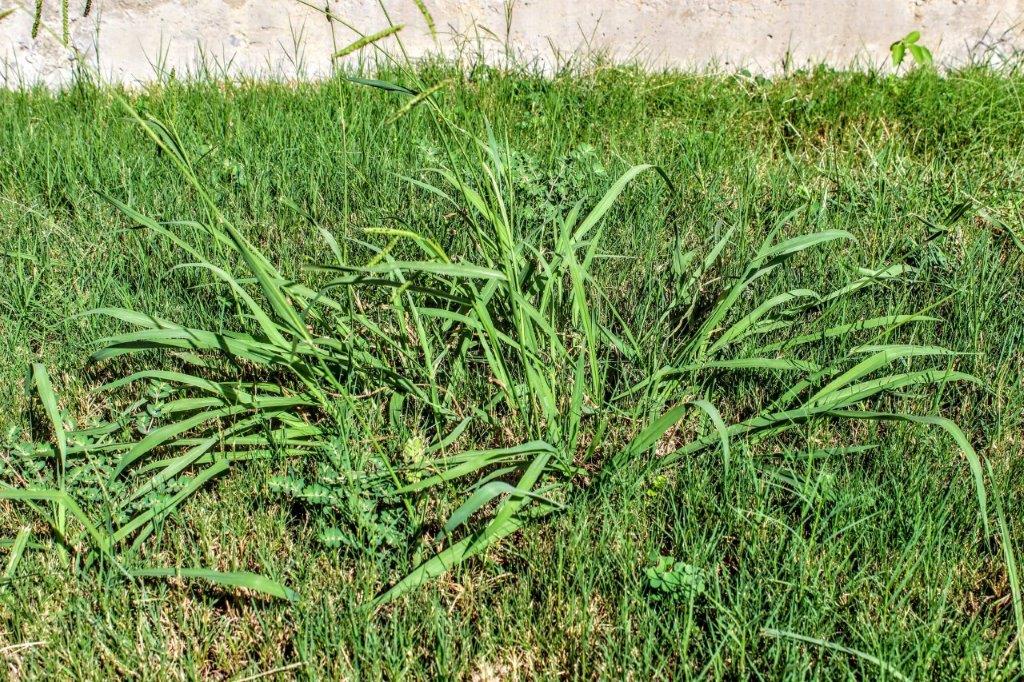
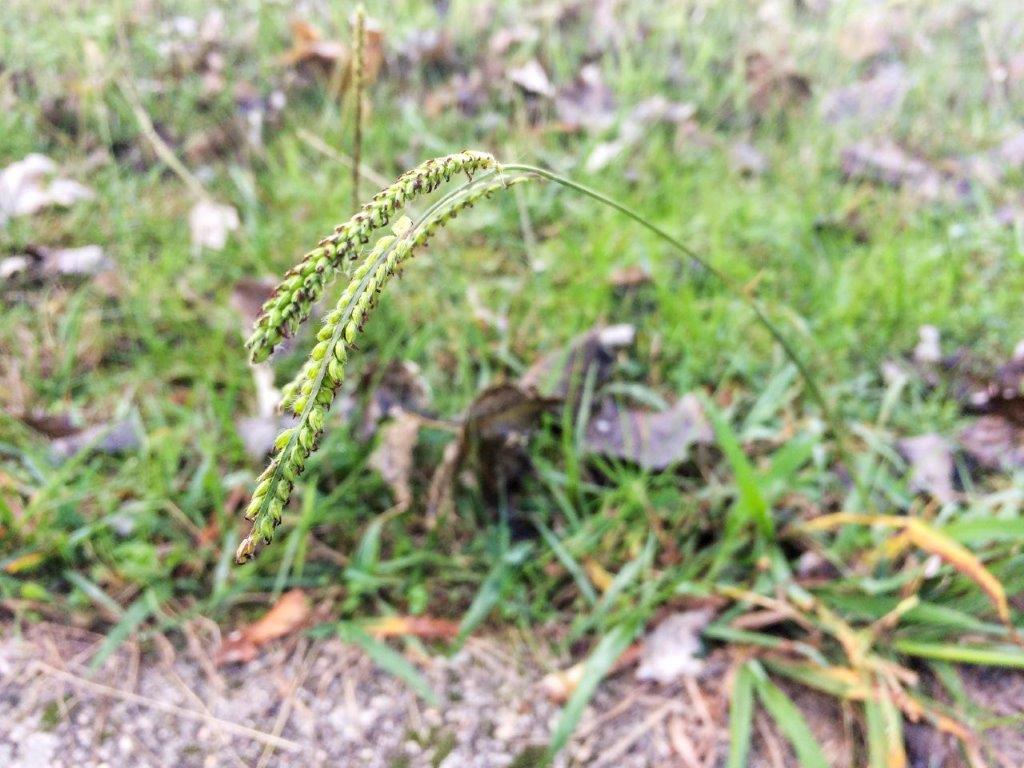
Paspalum has flat, bright green leaves that grow to around 20cm long. The weed has the potential to grow up to a metre high but when mown will survive well being kept short. The defining feature that will help you identify Paspalum is its flower heads. These thin heads are about 12cm long and are packed with seed. They have a noticeable black feature on the outside which are the anthers of the flower.
Crabgrass (Digitaria sanguinalis)
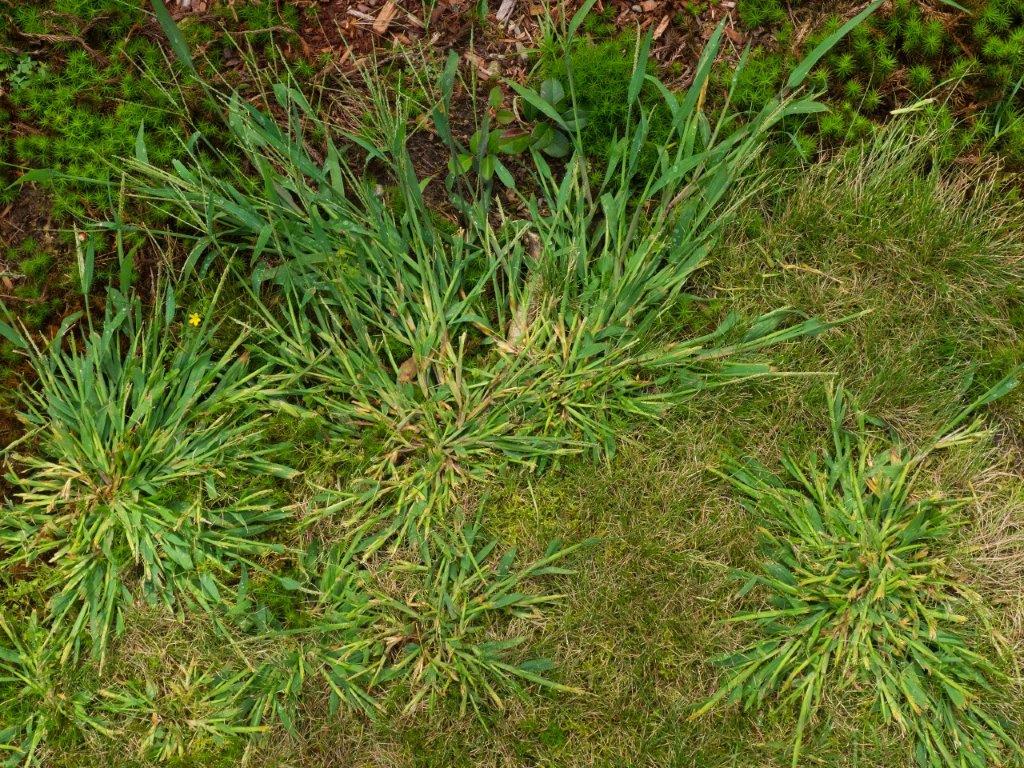
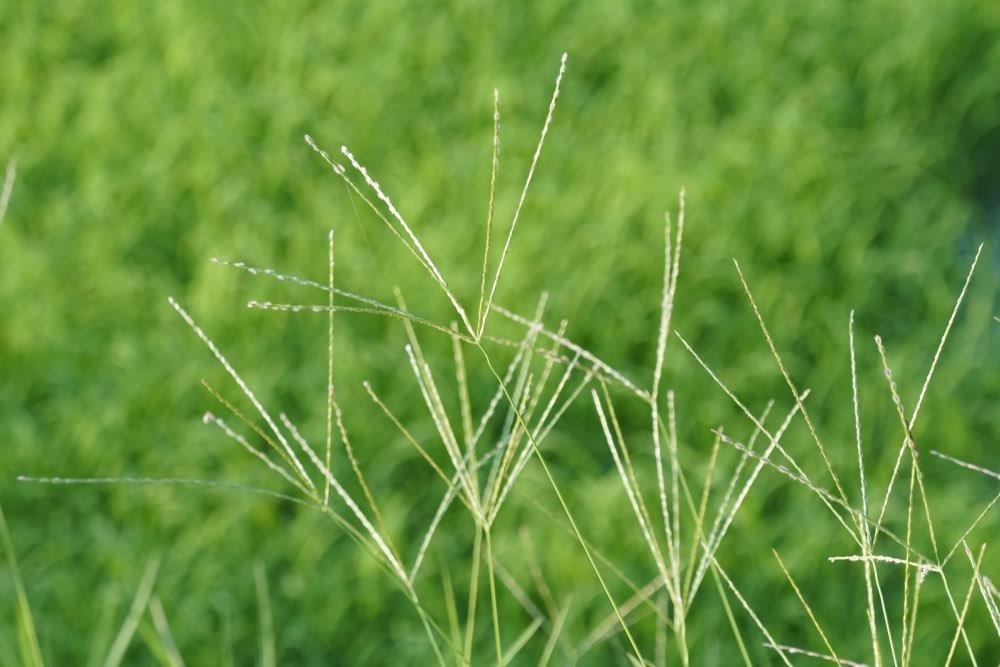
Crabgrass loves summer and thrives in hot, dry conditions. It’s a flat growing weed that spreads out across the ground. The blades are flat, wide and are a vibrant green. The stems can be dark green or even purple. As with Paspalum, the easiest way to identify crabgrass is by its flowers/seed heads. Notice in the photo that the seed heads are long and thin, with many fingers of seeds coming from a single, tough stem.
Barley grass
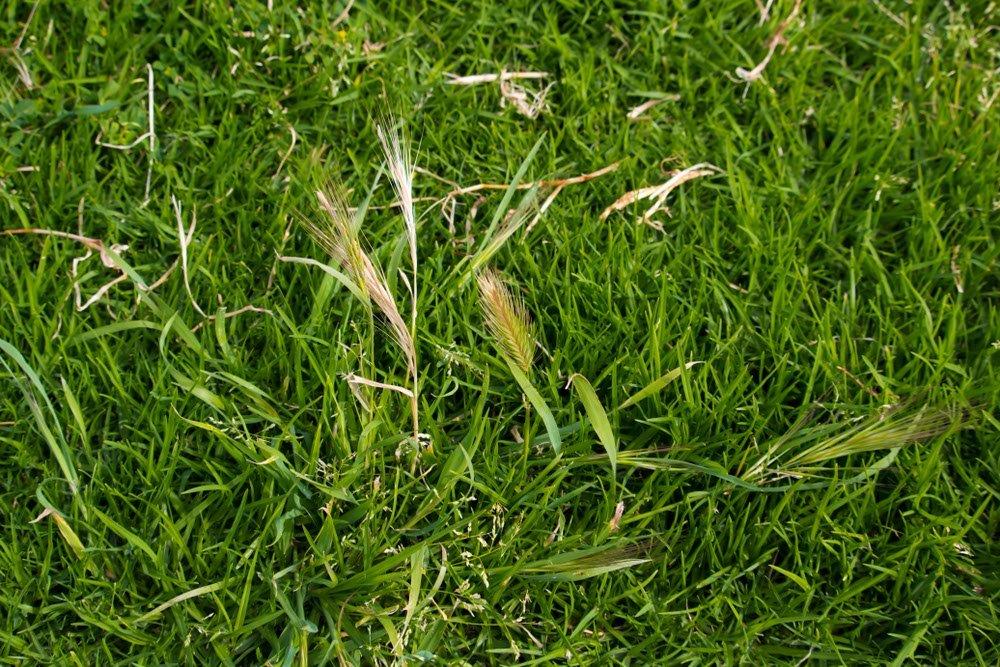
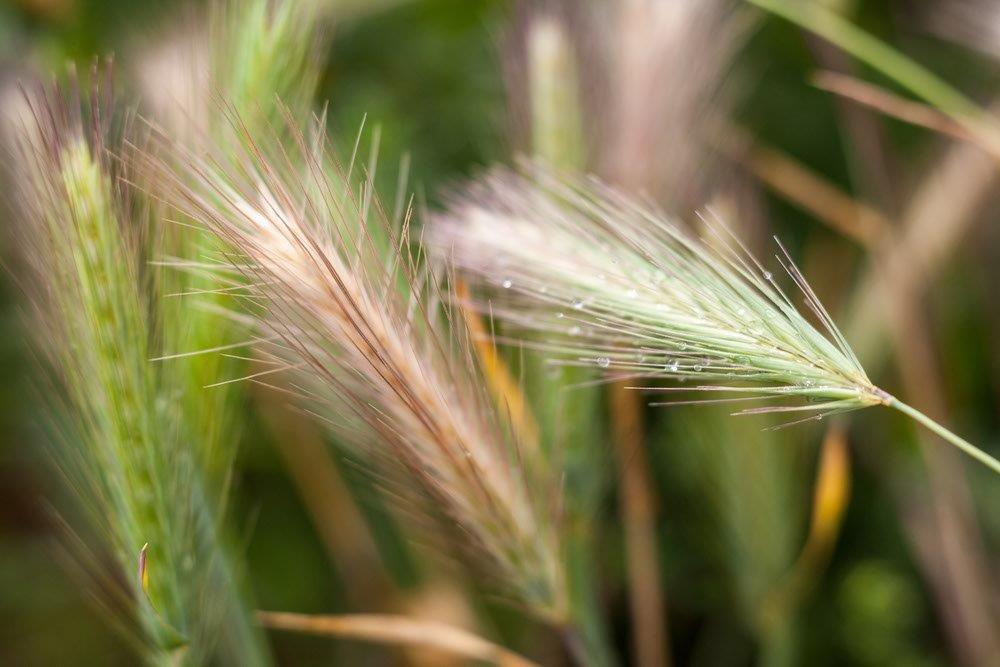
I’m using the term barley grass loosely, but you could include wild oats and some coarser types of field rye. If you see any of these in your lawn, pull them out asap as there is no real solution other than physical removal. Considering their prolific seeding nature, it won’t take long for these weeds to dominate.
Prevention measures
The best (and chemical-free) prevention measure for these weeds is to maintain a healthy and lush lawn. As soon as bare patches start to appear, the soil becomes exposed and provides an ideal opening for weeds. Similarly, if a lawn becomes drought-stressed, it provides the opportunity for seeds to find their way in and germinate. Weeds like these also prefer nutrient-poor soil, so a good fertiliser program adds to your prevention strategy. If you see one or two weeds appear, pull them out before they seed. In that way, you’ll keep on top of the problem without having to use chemicals.
Post-emergent control
In the event that you do get an outbreak, post-emergent chemical control solutions are thin on the ground. There is a selective herbicide that you can use for weeds like Paspalum and crabgrass. It’s called Paspalum killer and contains an active ingredient called DSMA. The downside is that you can’t use it on Kikuyu or buffalo. Other than that, there aren’t any other chemical alternatives for domestic situations. Adding to the problem, due to Covid pressure Paspalum Killer is in very short supply!
Pre-emergent control
Right when it all seems a bit hopeless, there is a strategy that you can use to get on top of grassy weeds - and it's a very effective one. This involves using pre-emergent chemicals such as Spartan. Pre-emergent chemicals stop seeds from germinating, a key consideration when dealing with grass weeds. Spartan can be safely used on mature couch, kikuyu and buffalo and, when sprayed every three months, will give you continuous coverage against weed germination. Essentially speaking, if you prevent new weeds from germinating, then you only have to deal with the current crop of weeds. Many of them will disappear themselves as you come into Autumn (because they are annual weeds), and others may need to be removed by hand, but once they are gone, you’ve solved the problem. The great thing about this strategy is that it will lead to less long term chemical use. Once you have used a pre-emergent chemical for a year, you will have cleared out all of the weed seed bank in the soil. From there, your lawn will be clean and free of weeds resulting in you not having to attack new ones year on year into the future.
